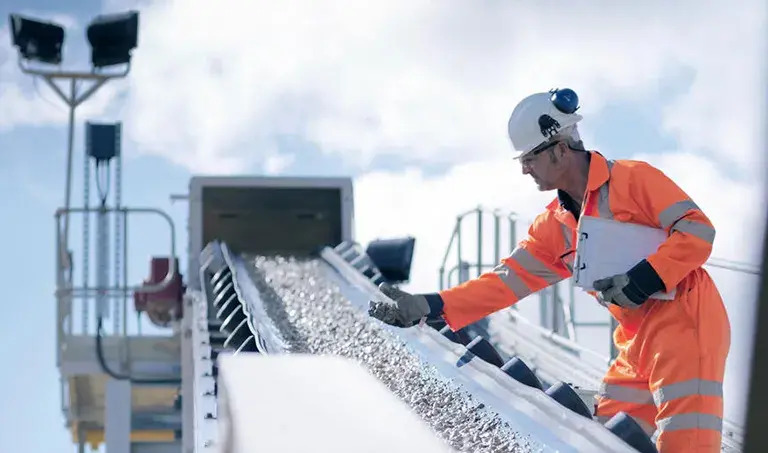The increasing urbanization in the world has consistently put demand pressure on the cement industry. Consequently, the industry has streamlined its operations from time to time and focused on high-quality throughput. Fortune Insights report says the global cement market will grow from $326.80 billion in 2021 to $458.64 billion in 2028, a steep 5.1% globally. Keeping pace with the rising demand and changing market scenario, digital transformation in the cement industry for efficient operation and maintenance is an immediate requirement.
While condition-based monitoring has seen wide adoption to support digital transformation initiatives in cement manufacturing, predictive maintenance is shaping to be the next big thing. With plant reliability objectives and operational excellence goals on the line, this shift must happen. In this article, we will compare both technologies and deliberate on why this evolution is necessary for cement manufacturers.
Condition-based Monitoring (CBM) in the
Cement Industry
In the cement industry, machinery works under challenging conditions- with fume, gases, dust, and high temperatures. The continuous nature of the cement manufacturing process also ensures that halts in production cannot be without a substantial reason. Thus, routine manual check-ups are sometimes impossible
Asset Maintenance in cement plants is today being practiced using condition monitoring technology. Condition monitoring gives real-time machine working conditions via alerts and allows the maintenance team to take action when the problem is detected. In the cement industry, CBM performs vibration analysis of rotating equipment, oil, grease analysis, thickness measurement of kiln shell and chimney ducting, etc., to examine the assets’ health.
Predictive Maintenance (PdM) in the
Cement Industry
The highly competitive & quality-focused requirement of cement plants today means that condition monitoring falls short in many aspects. This gives rise to Predictive Maintenance: a proactive approach to maintenance that uses IoT and machine learning to predict impending machine failure.
Predictive Maintenance solutions consist of hundreds of strategically placed sensors that record data and send it to a central IoT platform. The IoT platform monitors and analyses any anomalies and notifies the plant manager of the equipment’s life. This is a more advanced form of cement plant equipment condition monitoring, providing deeper insights and foresight into machinery health.
The Need to Move from CBM to Predictive Maintenance in the Cement Industry
1) Condition-based Monitoring technology monitors the real-time condition of the machine and shows warnings when an anomaly happens. While this means it is better than the time-based & reactive maintenance approaches, it still can cause downtimes & in some cases, need repair & spare part costs. Predictive Maintenance technology, on the other hand, predicts the imminent machine failure before it takes place and saves from unplanned downtimes.
2) Condition Monitoring provides on-site engineers with data parameters that are often difficult to interpret in isolation. This means they need their subject matter experts to analyse these first before taking the right actions. By comparison, Predictive Maintenance gives insights behind the data around a machine anomaly, with the why of a particular machine behaviour & recommended actions for mitigation. This means faster decision-making by the on-site team without bothering SMEs for every minor glitch.
3) Also, CBM technology warns of trivial anomalies that lead to excessive maintenance in cement plants, which leads to unnecessary maintenance and a loss in productivity & efficiency.
Predictive maintenance monitors the real-time condition of the equipment. It predicts faults with potential repercussions, ensuring maintenance activities are performed precisely where they are needed & only when they are required. Thus, using PdM over CBM makes maintenance in cement plants more efficient and hassle-free.





Comments